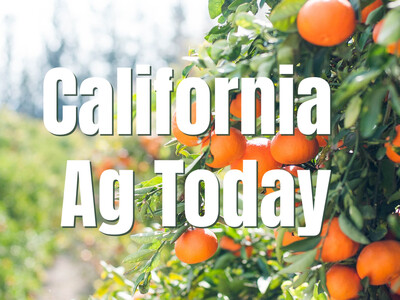Chicken Recall & Slow Going
Chicken Recall & Slow Going plus Food Forethought. I’m Greg Martin with today’s Northwest Report.
The nation has been eagerly awaiting news on both the House and Senates version of the Farm Bill. I has been a bit slow going for the Senate debate but there has been some movement on some of the controversial amendments like food stamp cuts. NY Kirsten Gillibrand.
GILLIBRAND: Do not cut food stamps because it protects half a million struggling American’s who too often do not have a voice in Washington when they desperately need it.
Kansas Senator Pat Roberts had proposed an amendment to keep states from using loopholes to increase SNAP benefits.
ROBERTS: This amendment also ends the Department of Agriculture’s practice of giving $48-million dollars in awards every year to state agencies for basically doing their job.
The proposal to cut the program failed on a narrow margin.
California-based chicken producer Foster Farms is recalling about 6,165 pounds of its ready-to-eat grilled chicken breast strips because the strips contain wheat and soy - known allergens - which are not listed on the labels of its packages. The problem occurred when labels for another chicken product that does not contain wheat or soy were inadvertently used, food safety inspectors and officials at Foster Farms said. There have been no reports of adverse reactions from the sale of the mislabeled products, officials said.
Now with today’s Food Forethought, here’s Lacy Gray.
National Leg of Lamb Day was May 7th. Lamb was never a meat that I had very much of, if ever before two years ago. That was when we vacationed in England for two weeks, and of course it is one of the meat favorites over there. In fact, that was what our host served on our very first night in that country, and boy was it tasty. Lamb here in the states has long been associated as being served primarily on certain religious holidays or for other special occasions, but as of late more and more people are discovering that lamb is great served anytime. And there is no need to be intimated by how to cook lamb, go ahead and experiment. You can roast it, grill it, pan fry it, or serve it up in a stew. Lamb is a great source of protein, vitamin B12 and zinc, and by selecting lean cuts of lamb you keep the fat content to a minimum. The USDA recommends that lamb chops and roasts be cooked to an internal temp of 145 degrees, and ground lamb to 160 degrees, just as you would other red meats. If you are new to cooking lamb and need some tips, check out the American Lamb Board’s website where you will find Lamb 101- a great guide to cooking times, temperatures, and cuts.
Thanks Lacy. That’s today’s Northwest Report. I’m Greg Martin on the Ag Information Network.














